Active Commuting Options Abound for Bozeman’s Elementary Schoolers
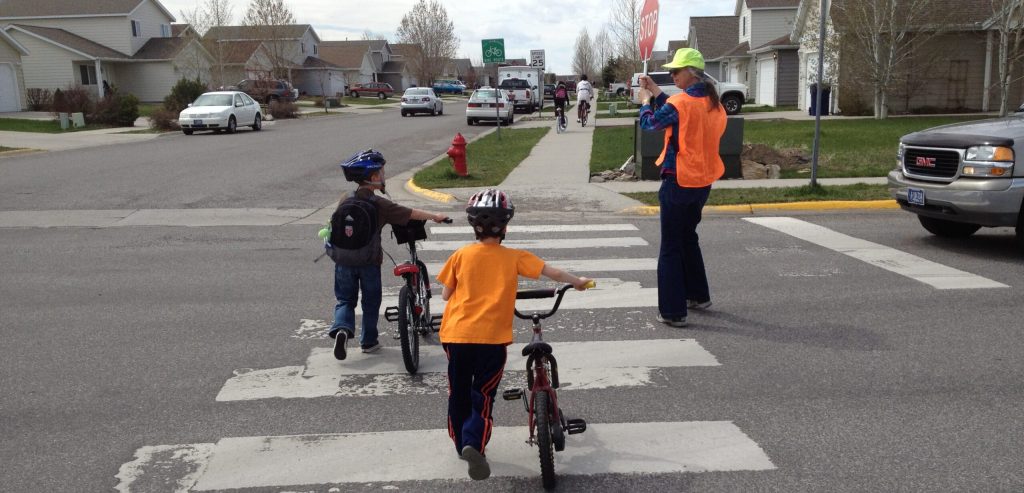
An ongoing collaboration between WTI, the City of Bozeman, and three Bozeman elementary schools is ensuring children develop valuable bike and walking skillsets, while also enjoying the outdoors with friends. As of last April, students from Hyalite and Meadowlark Elementary Schools have been meeting their classmates at a local park to collectively walk or bike […]
PROJECT News: Scan of Communities with Fewer than 10,000 People finds Biking/Walking to be “Wheelie” Popular
Walking and bicycling have become increasingly popular transportation modes as people consider the positive impacts of active living. While there are examples of large, urban areas driving the implementation of infrastructure to support these modes within their jurisdictions, communities with populations smaller than 10,000 people may have limited infrastructure and know-how. Since 84% of communities […]
NPS Plans Safety Improvements Based on WTI Study
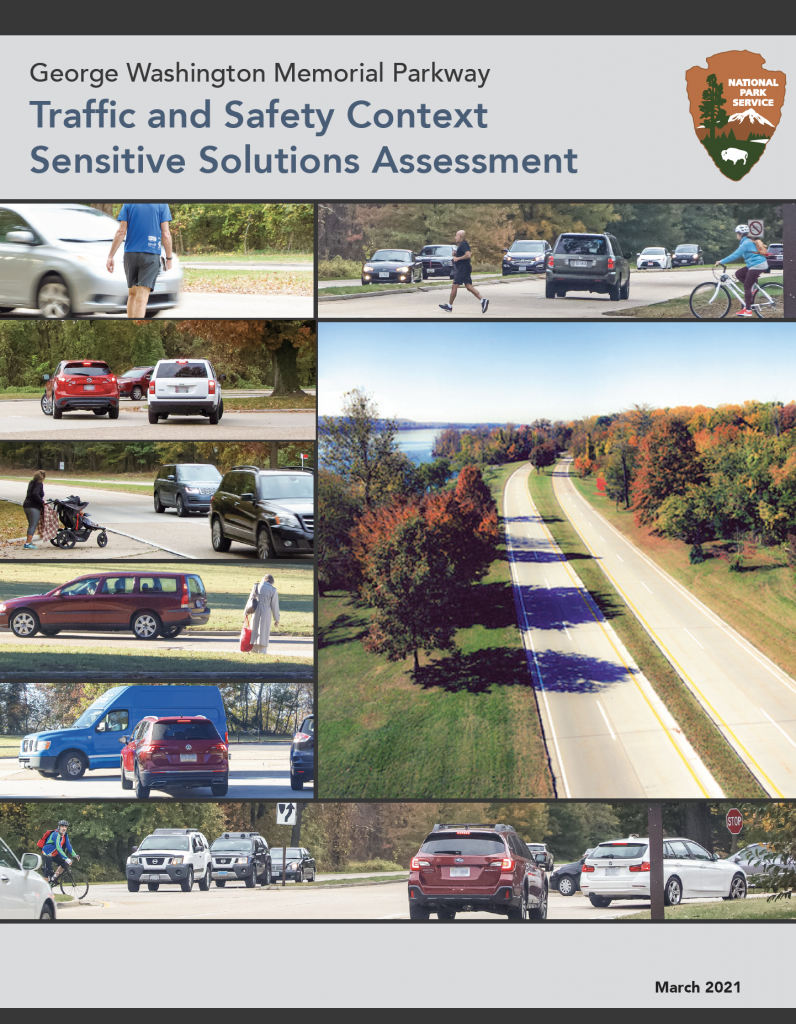
Along a historic parkway in Virginia, the National Park Service (NPS) will soon begin improvements to enhance safety for drivers, pedestrians, and cyclists. In a recent news release, the NPS announced planned safety measures for the George Washington Memorial Parkway, which runs along the Potomac River near George Washington’s Mount Vernon Estate. The Parkway serves […]
NEW NAME, NEW CHALLENGE: The Bozeman Commuter Project Has Rebranded

Join the GoGallatin MSU Commuter Challenge this week In October, WTI was awarded an Office of Outreach & Engagement Seed grant to begin a rebrand of the existing Bozeman Commuter Project. Four Montana State University students are working with WTI project lead Matt Madsen as a collaborative team to move the project forward (stay tuned […]
In the News: NBC Montana Highlights Traffic Calming Project in Ennis
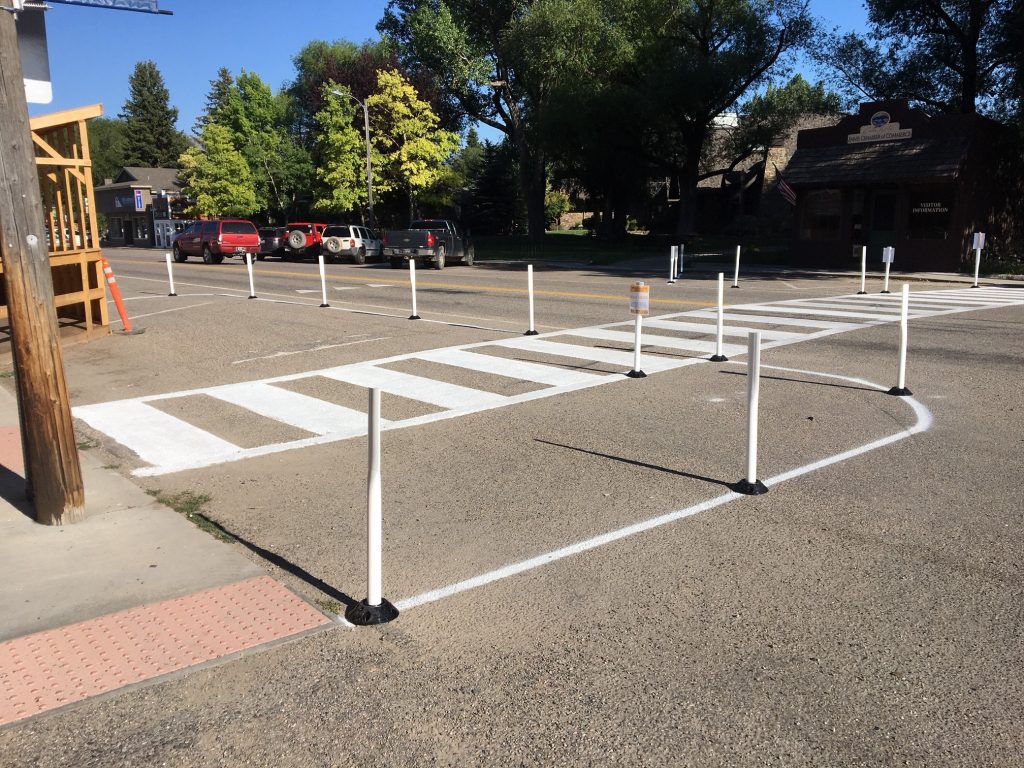
In the small town of Ennis, Montana, local officials and residents are concerned for the safety of pedestrians and motorists on Main Street (US 287), which is experiencing issues with increased traffic and speeding. WTI, in partnership with the Montana Department of Transportation (MDT) and the Town of Ennis, recently completed the testing phase of […]
New Year, New Staff!

WTI is pleased to welcome Andrea Hamre, Ph.D. as a Research Associate in the Mobility and Public Transportation Program. With expertise in transportation demand management, sustainable transportation, and travel survey data analysis, she will conduct research for the Small Urban, Rural and Tribal Center on Mobility (SURTCOM) and for projects such as the Twin Falls […]
NEW STAFF: Matt Madsen joins WTI’s Mobility Research Program

Meet our newest Matt. The Western Transportation Institute welcomes Technical Research Associate, Matt Madsen, bringing our Matt total to four (he joins Matt Blank, Mat Bell, and Matt Ulberg). Madsen joins the Mobility and Public Transportation program area and will take on projects previously coordinated by Dani Hess, including the pop-up neighborhood traffic calming program […]
New Vistas and Opportunities Ahead
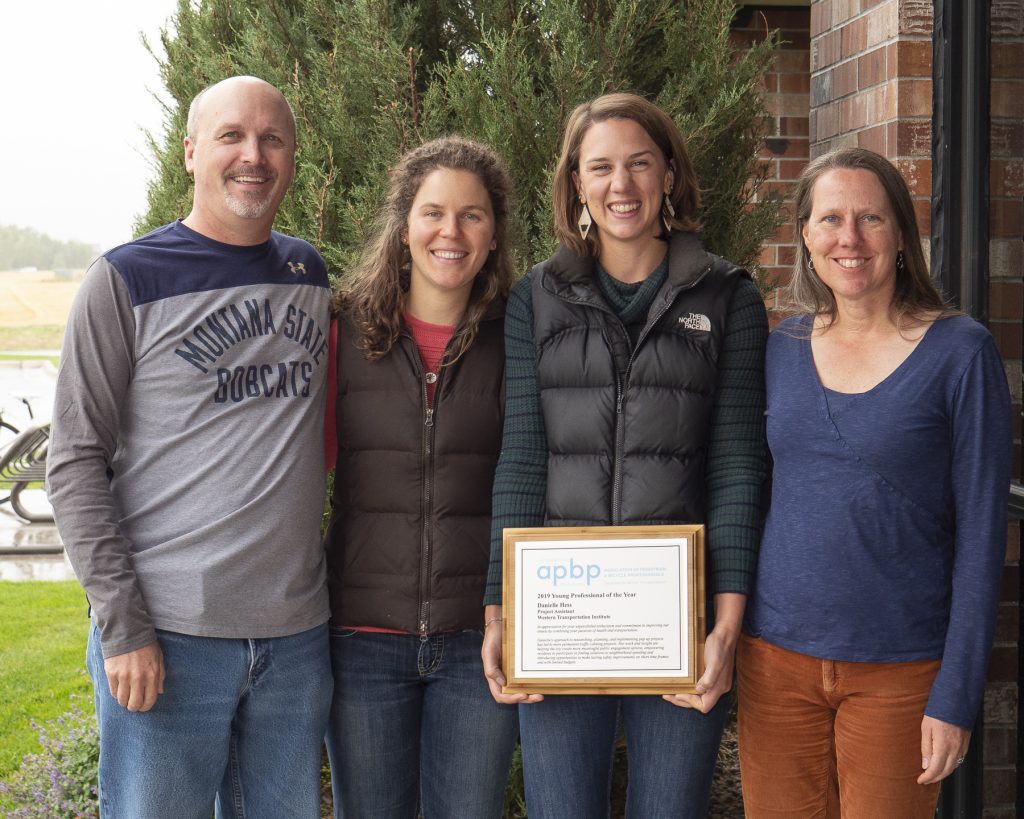
Mobility Project Assistant Dani Hess has announced that she will be leaving WTI at the beginning of October. Dani first joined WTI in 2016 as a student assistant and was promoted to the professional staff in 2018, working primarily on commuter and bike/ped projects for the Small Urban, Rural and Tribal Center on Mobility. She […]
WTI wins AARP Community Challenge Grant for Bozeman Street Project
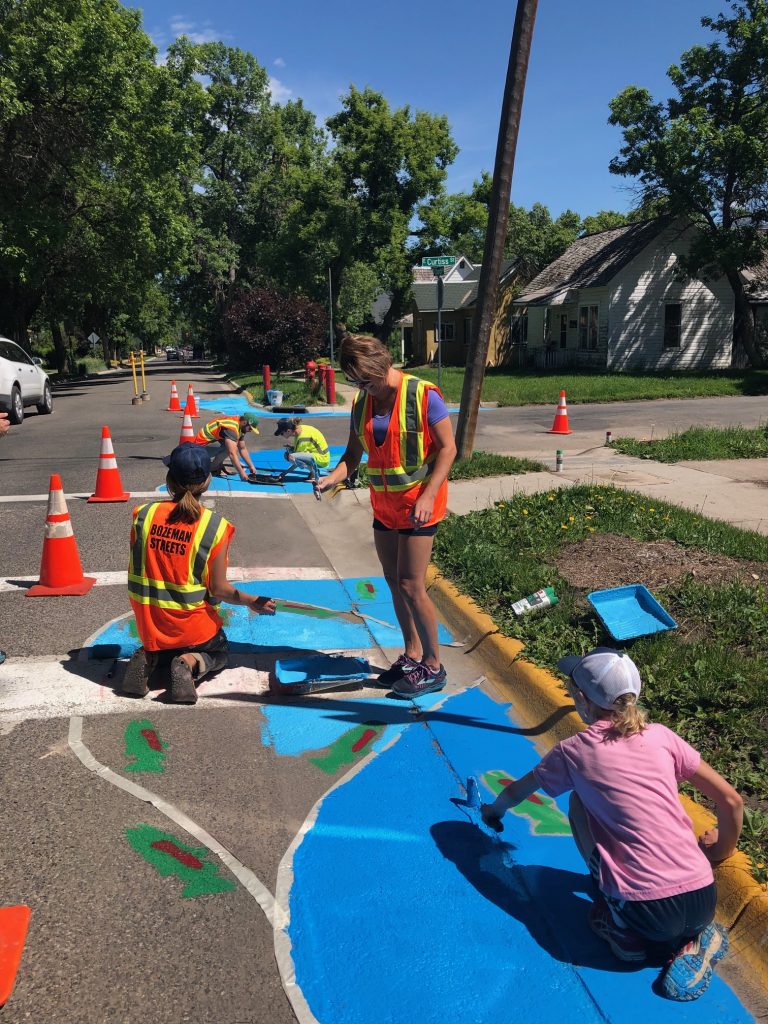
Congratulations are due to WTI and the City of Bozeman, recently selected for a Community Challenge grant awarded by the American Association for Retired People (AARP). WTI partnered with the City to submit a proposal for a traffic calming project, which will include pedestrian crossings, curb extensions, and traffic circles. It will build on ongoing […]
New Publication: How effective are flashing beacons at crosswalks?
WTI Program Manager Ahmed Al-Kaisy is the lead author of “Motorists’ voluntary yielding of right of way at uncontrolled midblock crosswalks with rectangular rapid flashing beacons,” recently published in the Journal of Transportation Safety and Security. This article presents an investigation into the motorists’ voluntary yielding behavior to bicycles and pedestrians. Two study sites in […]
